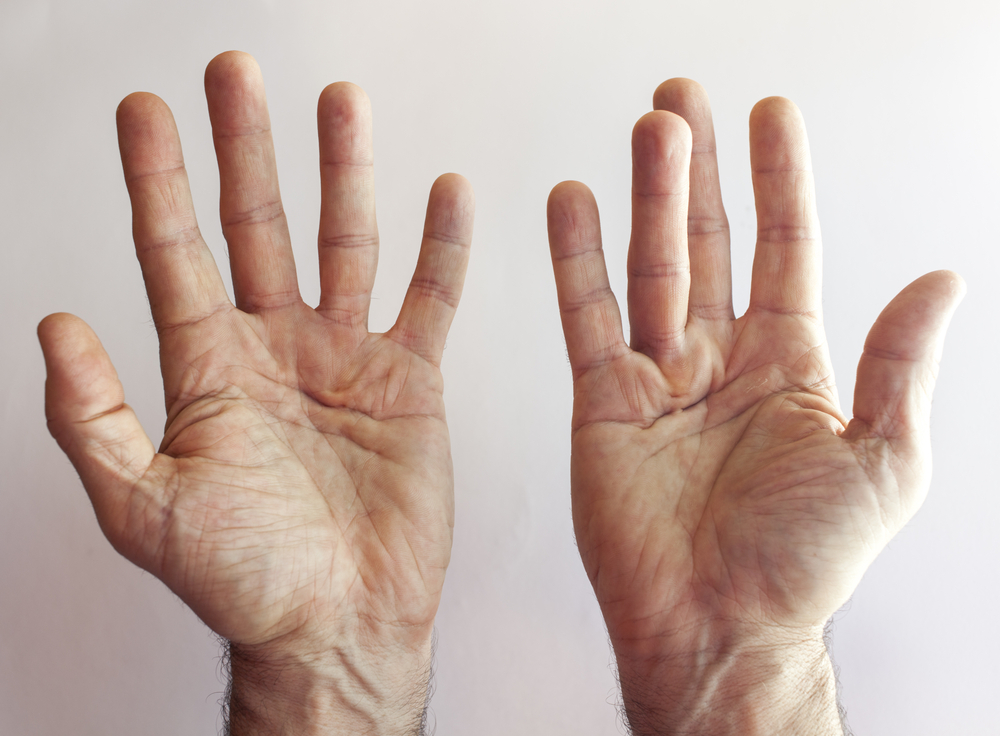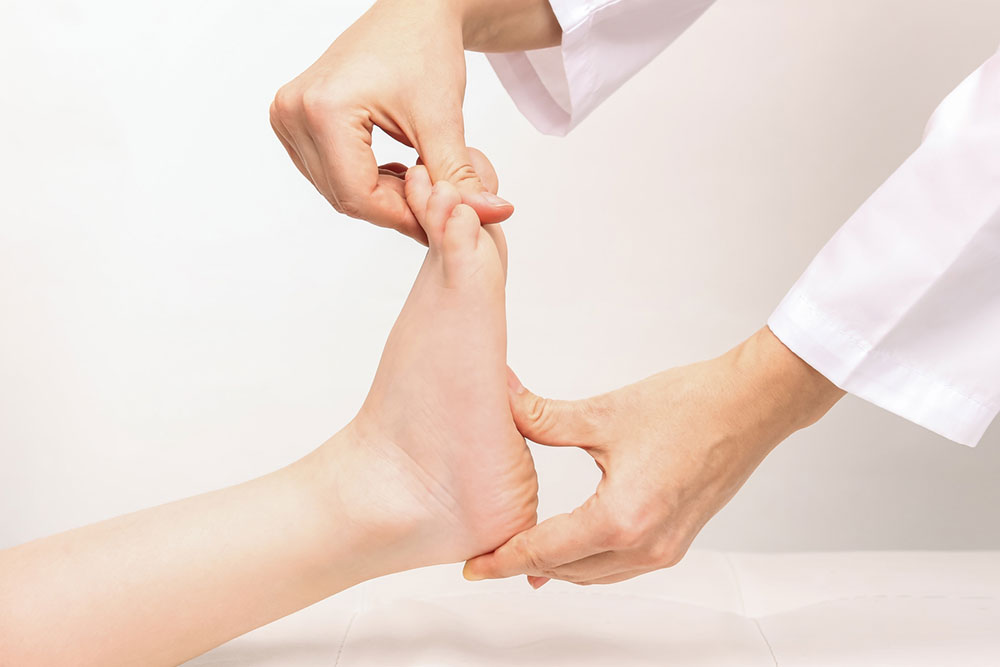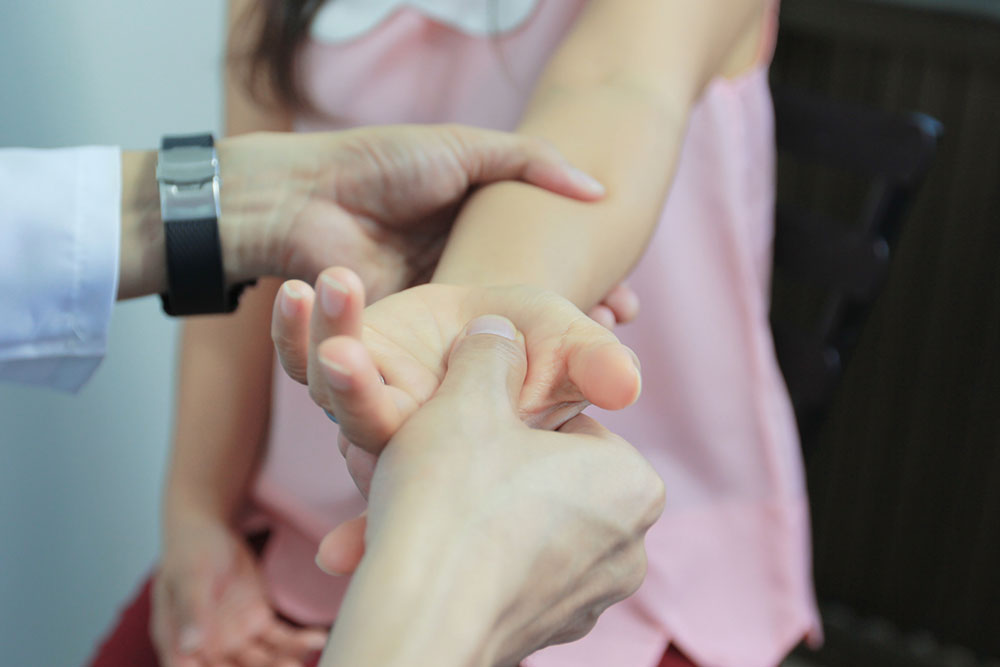Comprehensive Guide to Dupuytren’s Contracture: Symptoms, Diagnosis, and Modern Treatments
Dupuytren’s contracture is a common hand condition causing finger deformities due to tissue thickening. This detailed guide covers symptoms, diagnosis, and advanced treatments—including minimally invasive techniques and surgery—aimed at restoring hand mobility. Early detection and timely intervention are crucial for effective management and improved quality of life.

Comprehensive Guide to Dupuytren’s Contracture: Symptoms, Diagnosis, and Modern Treatments
In-Depth Look at Dupuytren’s Contracture: Symptoms, Causes, and Treatment Strategies
Dupuytren’s contracture, a condition affecting millions worldwide, remains somewhat elusive in both its origins and optimal management. Despite its commonality, many people are unaware of the early signs and effective treatment options. Understanding this condition is essential to preventing severe disability and improving quality of life. This extensive article delves into what Dupuytren’s contracture truly is, examines its symptoms and progression, explains how it is diagnosed, and explores the latest treatment modalities available today.
What Exactly Is Dupuytren’s Contracture?
Dupuytren’s contracture is a benign but progressive disorder that involves abnormal thickening and tightening of the connective tissue (fascia) beneath the skin of the palm. This abnormal tissue growth leads to deformities in finger movement, often making normal extension impossible.
The fascia, which lies just beneath the skin, plays a vital role in hand mobility by connecting to the finger tendons. When this tissue becomes thickened and contracts, it causes the fingers to curl inward, forming permanent deformities. Many medical images illustrate this contraction vividly, helping both patients and clinicians recognize early signs of the disease. The process involves microscopic inflammatory changes that contribute to tissue remodeling, making early detection and intervention crucial.
Recognizing the Symptoms of Dupuytren’s Contracture
Initial symptoms often manifest as small lumps or nodules in the palm, particularly near the base of the fingers. These nodules may be tender initially but tend to become firm over time.
As the disease progresses, fibrous cords form, pulling the fingers inward. The pinky and ring finger are most frequently affected, usually on both hands, although the severity can vary between individuals.
Patients may notice a gradual loss of finger extension, which can significantly impair daily activities like gripping objects, typing, or shaking hands.
The progression can be slow, often taking years, but in some cases, it advances rapidly, necessitating prompt medical attention.
Risk factors include age, genetic predisposition, diabetes, certain medications, smoking, and alcohol consumption, which can influence disease severity.
How Is Dupuytren’s Contracture Diagnosed?
A physical examination by a healthcare provider is typically sufficient to confirm diagnosis. The doctor will assess finger mobility, look for nodules and cords, and observe the shape of the hand.
In some instances, the doctor may ask the patient to lay their hand flat on a table; inability to do so suggests the presence of contracture.
No routine imaging tests are necessary, although ultrasound or MRI can sometimes be used to evaluate the extent of tissue involvement in complex cases.
Modern Treatment Approaches for Dupuytren’s Contracture
Depending on the severity of the contracture, treatment options range from conservative management to surgical intervention. Early stages with mild symptoms may only require monitoring, while more advanced cases benefit from active treatment to restore hand function:
Needle Aponeurotomy: A minimally invasive technique where a needle is inserted under the skin to break and dissolve the cords impeding finger movement. It often requires multiple sessions but offers quick recovery and minimal scarring.
Enzyme Injections (Collagenase Clostridium Histolyticum): This approach involves injecting an enzyme directly into the cords to weaken and loosen them, making manual manipulation to straighten fingers easier. The procedure is performed in an outpatient setting and has shown excellent efficacy with low complication rates.
Surgical Release (Fasciectomy): For severe and fixed contractures, surgery may be necessary to remove the thickened fascia. This involves making an incision, excising the diseased tissue, and then reconstructing the hand. Although recovery takes longer and involves physical therapy, surgical treatment offers a permanent solution in many cases.
Post-Treatment Rehabilitation: Physical therapy post-intervention is crucial to regain full hand mobility, prevent scar tissue formation, and minimize recurrence risk.
Understanding the evolution of Dupuytren’s contracture enables patients and clinicians to choose the most suitable treatment. With ongoing advancements, solutions are becoming less invasive while providing effective results to improve hand function.





